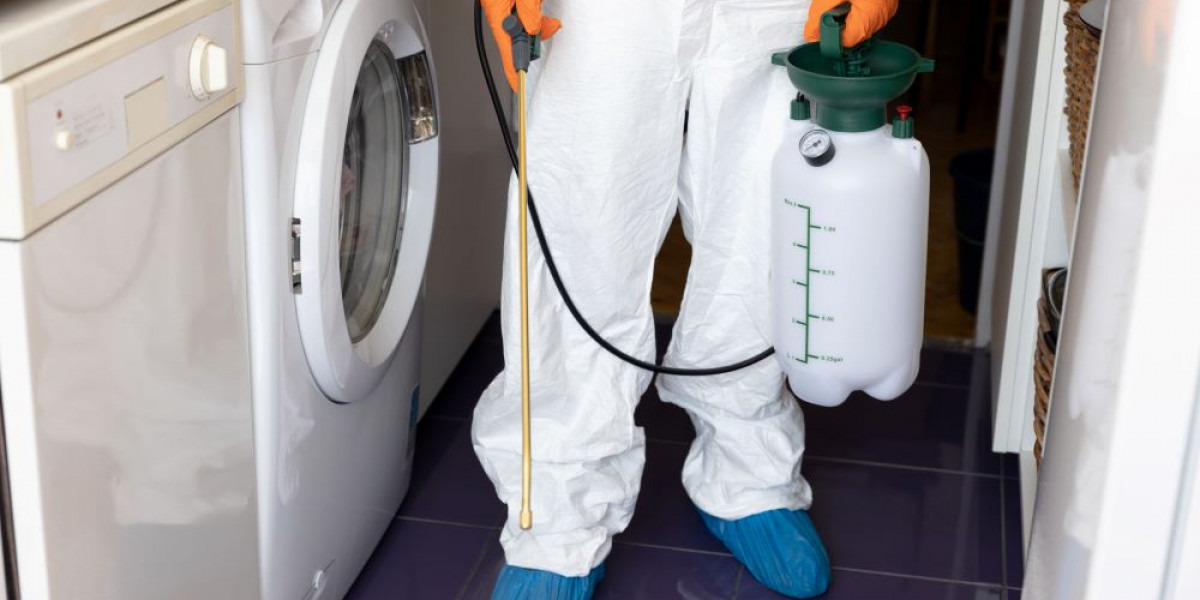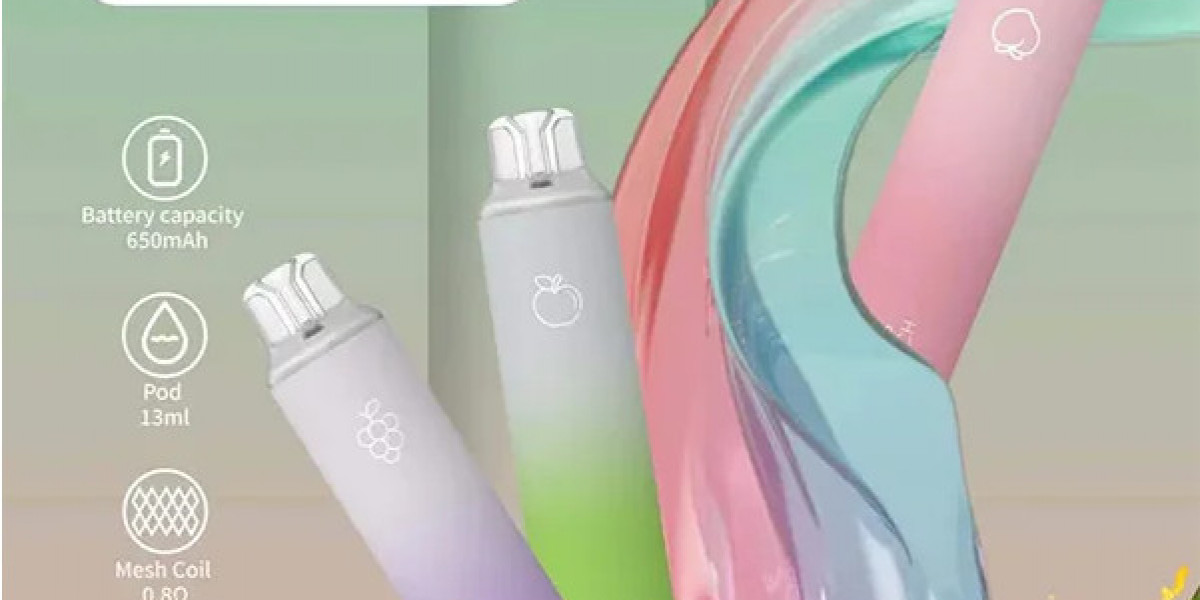Termites are often referred to as the "silent destroyers" of the insect world, and for good reason. These tiny pests can wreak havoc on your home, chewing through wood and compromising the structural integrity of your property. The good news is, there are various termite control treatment options that can effectively prevent or eliminate a termite infestation. In this post, we'll explore the different types of treatments available and how each can protect your home from the devastating damage that termites can cause.
1. Liquid Termite Treatment
Liquid termite treatments, also known as liquid barrier treatments, are one of the most common methods for termite control. This type of treatment involves applying a liquid insecticide around the perimeter of your home to create a barrier that termites cannot pass through. The liquid works by either repelling termites or killing them upon contact, depending on the specific product used. One of the main benefits of liquid treatments is that they can be applied both before and after an infestation, making them versatile for both preventative measures and active infestations.
In some cases, liquid treatments may need to be reapplied every few years to ensure long-term protection. The application process typically involves trenching the soil around your foundation and then injecting the liquid into the ground. While it can be effective, it’s essential to hire a professional to ensure proper application and to avoid damage to your property. Liquid treatments are particularly useful in areas with high soil moisture, as termites often thrive in these environments.
2. Termite Bait Systems
Termite bait systems are an eco-friendly and non-invasive way to treat and prevent termite infestations. These systems consist of bait stations that are placed strategically around your property. The bait stations contain a material like cellulose that termites are attracted to, along with a slow-acting insecticide. When any termites feed on the bait, they take it back to their colony, effectively eliminating the colony over time.
One of the key benefits of termite bait systems is that they are less disruptive compared to liquid treatments. The bait stations are discreet and can be placed underground, so they won’t interfere with the aesthetic appearance of your property. Another advantage is that bait systems can be monitored regularly to track termite activity and ensure the treatment is working effectively. However, it can take several months for the bait system to eliminate an entire colony, so it may not be the best option for urgent infestations.
3. Drywood Termite Treatment
This type of termite usually infests dry wood, unlike subterranean that live underground. If you suspect that drywood termites have invaded your home, a different approach may be needed compared to standard termite control treatments. Drywood termite treatments can include the use of liquid spot treatments, fumigation, or heat treatments. Fumigation is one of the most effective methods for treating a drywood termite infestation, as it involves sealing your home and introducing a gas that permeates every inch of the structure to eliminate termites.
Heat treatment is another option that involves raising the temperature of your home to levels that are lethal to termites. While it’s a chemical-free method, heat treatment requires specialized equipment and should only be performed by professionals. Regardless of the method chosen, it's crucial to address drywood termite infestations promptly, as they can cause significant damage to furniture, wooden beams, and other parts of your home that are less accessible to traditional treatments.
4. Borate Treatment
Borate treatments are an environmentally friendly option that can be used to protect wood from termites. This treatment involves applying a borate-based solution to wooden surfaces, which makes the wood toxic to termites. Borate is a naturally occurring mineral that is safe for humans and pets but deadly to termites. It is often applied to new construction as a preventative measure, but it can also be used to treat existing homes.
The primary benefit of borate treatment is its ability to penetrate the wood and provide long-lasting protection. Unlike other methods, borate treatment does not require continuous monitoring or reapplication, making it a low-maintenance solution. However, it is important to note that borate treatment is most effective when applied to untreated or new wood. It may not be as effective for extensive infestations or for areas that have already been compromised by termites.
5. Fumigation
Fumigation is a highly effective termite control treatment that involves filling your home with a gas that penetrates the entire structure to eliminate termites. This method is typically used for severe infestations, particularly with drywood termites. Fumigation is a comprehensive approach that ensures every part of your home, including hard-to-reach areas, is treated.
While fumigation is an efficient way to eliminate termites, it is also the most invasive method. Your home will need to be vacated for a few days while the fumigation process takes place, and it is crucial to ensure that all food and living areas are properly sealed off. Fumigation is typically reserved for homes with significant termite damage, as it requires careful preparation and the expertise of professionals to execute safely. Despite the inconvenience, fumigation offers immediate and thorough results.
6. Natural Termite Control Methods
For those looking for a more eco-friendly approach to termite control, there are several natural treatments available. One of the most popular options is the use of nematodes, microscopic worms that prey on termites. These worms can be introduced to areas where termites are active, and they will naturally seek out and destroy the termites.
Another natural method involves the use of essential oils, such as clove and orange oil, which have been shown to repel termites. While these natural methods are often less toxic than chemical treatments, they may not be as effective for large or widespread infestations. They are best used as part of a comprehensive termite management plan that combines multiple approaches. Natural treatments can be a great option for those looking to reduce the environmental impact of pest control while still managing termite threats.
Conclusion
Protecting your home from termites is crucial to maintaining its structural integrity and preventing costly repairs. Whether you opt for liquid treatments, bait systems, fumigation, or more natural methods, the key to successful termite control is choosing the right treatment for your specific needs. It’s important to consult with a professional to assess your situation and recommend the best course of action. By being proactive and selecting an appropriate termite control treatment, you can ensure that your home remains safe and free from the destructive forces of termites.










